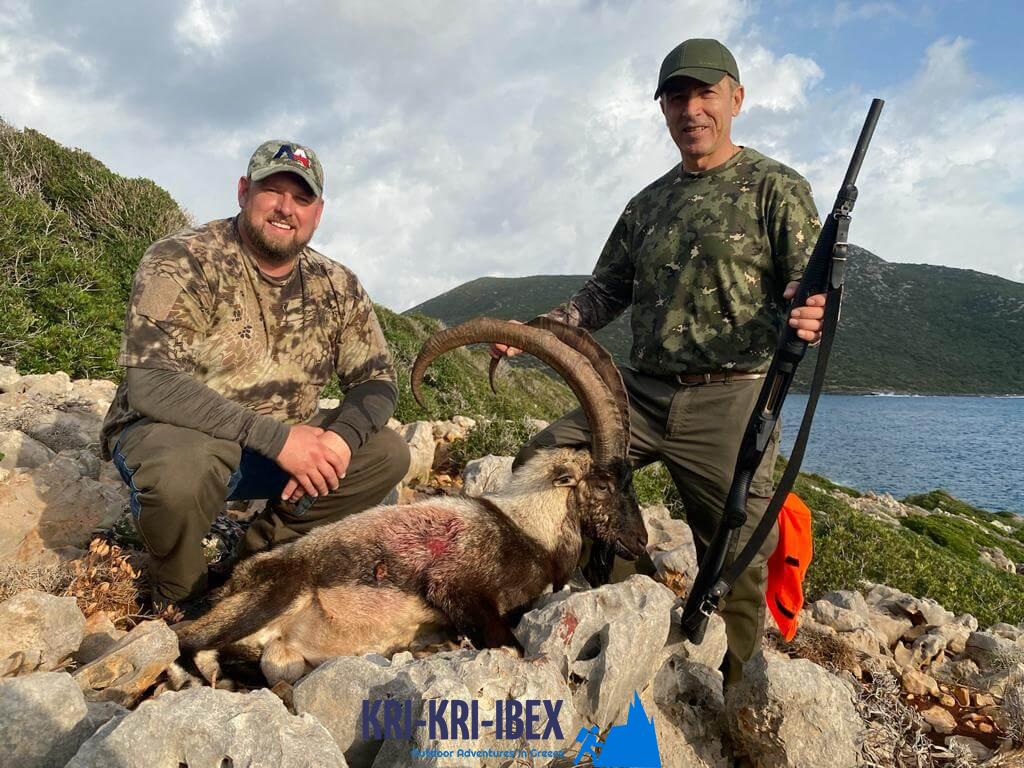Ibex Hunting as well as Free Diving on a Beautiful Greek Island. Come for the Hunt, Stay for the Experience!
Ibex Hunting as well as Free Diving on a Beautiful Greek Island. Come for the Hunt, Stay for the Experience!
Blog Article

Searching for Kri Kri ibex in Greece is an incredible hunting exploration as well as great getaway done in one. Ibex searching is typically a rough experience, but not in this case! Dive to shipwrecks and spearfishing in ancient Greece, or appreciate ibex searching in an exotic place are simply a few of the things you could do during a week lengthy ibex searching tour in Greece. Can you think about anything else?

Greece is an attractive nation with plenty of chances for travelers. There are spectacular beaches, old damages, as well as delicious food to delight in. In addition, there are lots of tasks offered such as cycling, hiking, as well as skiing. Greece is the ideal location for anybody searching for a trip filled with experience and also exhilaration.
What to Expect on a Peloponnese Tour? When you schedule among our searching and exploring Peloponnese Tours from Methoni, you can expect to be surprised by the all-natural charm of the location. From the pristine beaches to the hills and woodlands, there is something for everyone to appreciate in the Peloponnese. In addition, you will certainly have the chance to taste several of the most effective food that Greece has to provide. Greek food is renowned for being tasty and also fresh, and also you will definitely not be disappointed. One of the best parts regarding our tours is that they are developed to be both fun and also educational. You will learn about Greek background as well as society while also getting to experience it firsthand. This is an outstanding possibility to immerse on your own in everything that Greece has to offer.
If you are searching for Kri Kri ibex hunt and unforgettable getaway location, look no more than the Sapientza island in Greece. With its stunning all-natural charm, delicious food, and also abundant society, you will certainly not be let down. Reserve among our hunting as well as exploring Peloponnese Tours from Methoni today, dot forget your prize Kri Kri ibex!
What is the diference between Kri Kri ibex, Bezoar ibex and hybrid ibex
The kri-kri is not thought to be indigenous to Crete, most likely having been imported to the island during the time of the Minoan civilization. Nevertheless, it is found nowhere else and is therefore endemic to Crete. It was common throughout the Aegean but the peaks of the 8,000 ft (2,400 m) White Mountains of Western Crete are their last strongholds–particularly a series of almost vertical 3,000 ft (900 m) cliffs called ‘the Untrodden’—at the head of the Samaria Gorge. This mountain range, which hosts another 14 endemic animal species, is protected as a UNESCO Biosphere Reserve. In total, their range extends to the White Mountains, the Samaria National Forest and the islets of Dia, Thodorou, and Agii Pandes.
This Ibex is NOT a diminutive form of the Bezoar Ibex, which has migrated into the western-most reach of the range of this species. The kri – kri (Capra aegagrus cretica), sometimes called the Cretan goat, Agrimi, or Cretan Ibex, is a feral goat inhabiting the Eastern Mediterranean, previously considered a subspecies of wild goat. The kri-kri has a light brownish coat with a darker band around its neck. It has two horns that sweep back from the head. In the wild they are shy and avoid tourists, resting during the day. The animal can leap some distance or climb seemingly sheer cliffs.
“The agrimi goat Capra aegagrus cretica is unique to Crete and its offshore islands. It has been identi®ed as a sub-species of the wild bezoar goat Capra aegagrus aegagrus Erxleben, 1777, which it closely resembles in horn shape, body form and coloration. This classi®cation has been disputed by some researchers who claim that the agrimi are feral goats, derived from early domestic stock brought to the island by the ®rst Neolithic settlers. In order to clarify this issue, DNA analyses (cytochrome b and D loop sequences) were carried out on tissue of live and skeletonized agrimi and compared to sequences of wild and domestic caprines. Results conclusively show the agrimi to be a feral animal, that clades with domestic goats (Capra hircus) rather than with wild Asiatic bezoar. This study demonstrates that morphometric criteria do not necessarily re¯ect genetic af®nities, and that the taxonomic classi®cation of agrimi should be revised.”
Report this page